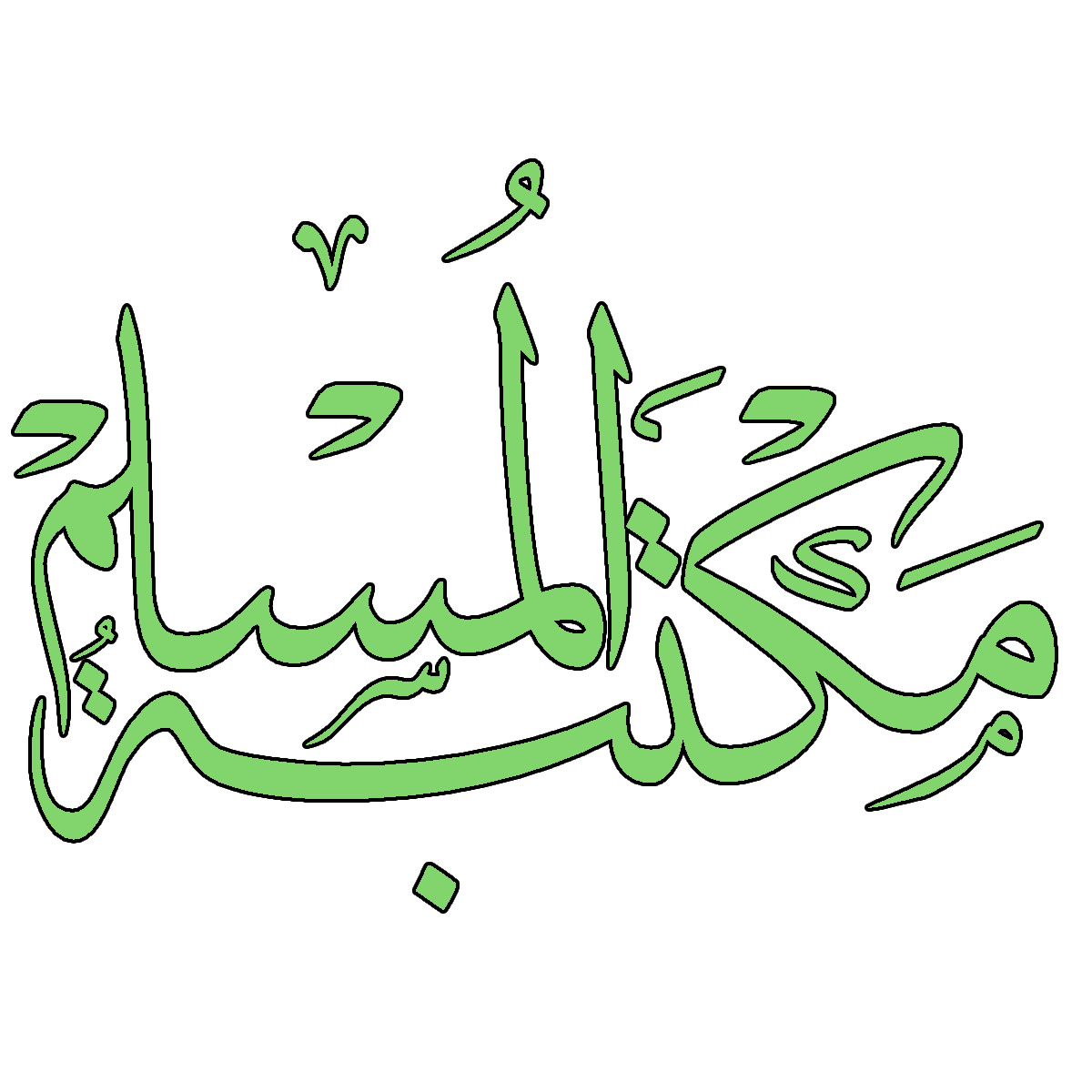📘 قراءة كتاب Qur’an and Archeological Discoveries: Evidence from the Near East أونلاين


Abstract: This paper examines the archeological remains and historical events that took place in the ancient
Near East and compares them with the archaeological facts mentioned in the Holy Qur’an. One of the key
features of the Holy Qur’an is that it contains explicit data about groups of people from the past and events in
their lives. It gives the reader an idea of these, the significance of their place of residence and stories about the
prophets that were sent to them. To help remove doubts about the historical reliability of the Qur’an, this paper
has been divided into three parts: The first part deals with the uncovered cities mentioned in the Qur’an. These
include the city of Babel (Babylon) in Iraq, “such things as came down at Babylon to the angels Harut and
Marut” (Surah Al Baqarah 2: 102), the city of Iram (Ubar) in Yemen “Have you not seen how your Lord dealt
with ‘Ad? The residents of Iram, the city of lofty pillars, the like of which had never been built in other cities”
(Surah Al Fajr 89: 6-8), the city of Saba in Yemen, “For the people of Saba (Sheba, presently a town in Yemen)
there was indeed a sign in their dwelling place: two gardens - one to the right and one to the left.” (Saba 34: 15)
and various other cities mentioned in the Ebla Tablets such as the city of Sodom and Gomorrah where the
people of Lot lived. The second part deals with prophets mentioned in the Quran such as Noah, Abraham,
Ishmael and Moses. Noah identified in the Akkadian Tablets under the name of Ut-napishtim, which is
considered to be the Babylonian Noah and it is mentioned in the tablet number eleven of the Epic of Gilgamesh
(the flood story) and discovered among the many tablets from the Ashurbanipal’s library in the Nineveh and
kept know in British Museum in London. Other prophets’ names appeared in the Ebla Tablets such as Abraham
and Ishmael. Moses’ name appeared in the Egyptian Hieroglyph Inscription. The third part compares the many
stories revealed in the Qur’an with that of Archaeological discoveries. These include, Moses’ Pharaoh’s and
mummification “This day shall we save in thee in the body, that thou mayest be a sign to those who come after
thee!” (Yunus 10: 92), the story of Sargon of Akkad and Moses that shows much similarity to the tablet
discovered from the New Assyrian period around 911-612 BC, the story of Queen Saba and Solomon in the
beginning of the first Millennium BC and the story of the people of the Kahf (the cave of the seven sleepers),
uncovered near Amman in Jordan in 1963 CE, or in Yemen and Turkey. As can be seen, the information
provided by the Qur’an about events of the past is in total agreement with historical information; this is another
evidence of the fact that the Qur’an is the Word of Allah.
سنة النشر : 2011م / 1432هـ .
حجم الكتاب عند التحميل : 2.6 ميجا بايت .
نوع الكتاب : pdf.
عداد القراءة:
اذا اعجبك الكتاب فضلاً اضغط على أعجبني و يمكنك تحميله من هنا:

شكرًا لمساهمتكم
شكراً لمساهمتكم معنا في الإرتقاء بمستوى المكتبة ، يمكنكم االتبليغ عن اخطاء او سوء اختيار للكتب وتصنيفها ومحتواها ، أو كتاب يُمنع نشره ، او محمي بحقوق طبع ونشر ، فضلاً قم بالتبليغ عن الكتاب المُخالف:
 قبل تحميل الكتاب ..
قبل تحميل الكتاب ..
يجب ان يتوفر لديكم برنامج تشغيل وقراءة ملفات pdf
يمكن تحميلة من هنا 'http://get.adobe.com/reader/'

 منصّة المكتبة
منصّة المكتبة 